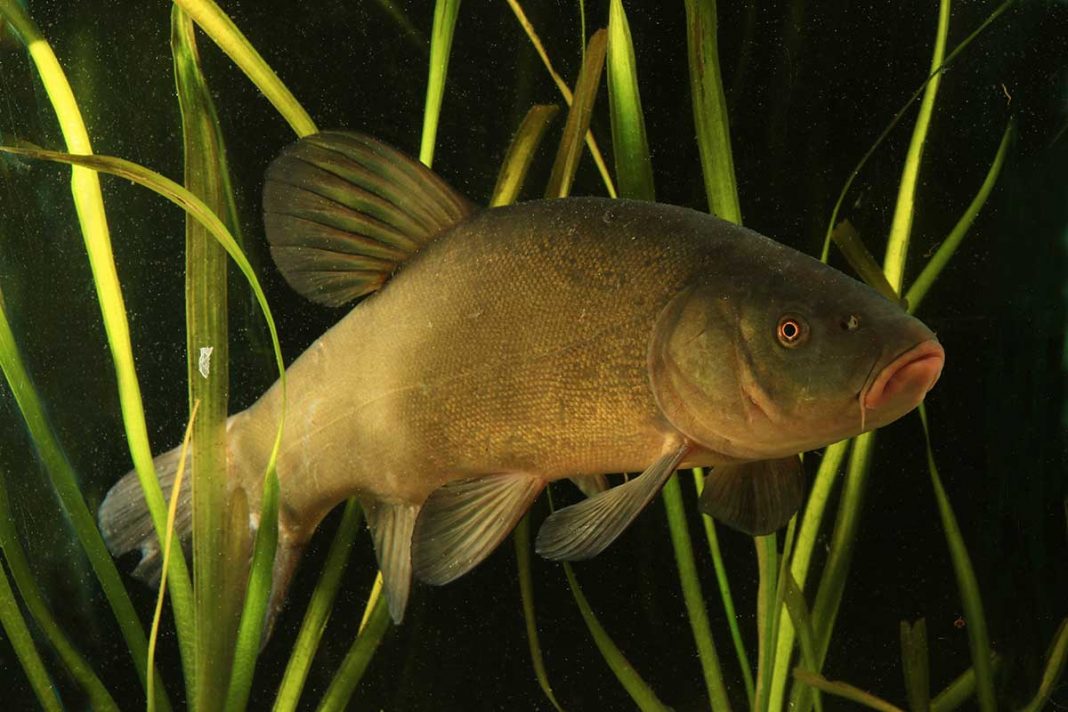TORONTO – The provincial government is seeking input on the impacts of 13 invasive species on the province’s environment and economy and means to prevent the introduction and spread of those intruders. A release announcing the call for comment notes that invasive species can cause significant harm to biodiversity and navigation in waterways, as well as affecting recreational activities and tourism.
The invasive species the province is seeking input on are: wild pigs, marmorkreb (marbled crayfish), tench (fish), New Zealand mud snails, European frog-bit (plant), yellow floating heart (plant), Prussian carp (fish), red swamp crayfish, fanwort (plant), Bohemian knotweed (plant), giant knotweed (plant), Himalayan knotweed (plant) and the mountain pine beetle.
The government is seeking feedback from stakeholders, Indigenous communities and the public on the ecological, social and economic impacts of these invasive species, as well as the spread of invasive species through the movement of watercraft.
“Our government is committed to protecting Ontario’s environment for future generations,” said John Yakabuski, minister of Natural Resources and Forestry in the release. “It is important to prevent new invasive species from arriving or surviving in the province in order to protect our lakes, streams and native plants and animals. In addition, by taking these steps we will preserve and enhance the economic opportunities that ecosystems provide for our communities and industries.”
The release goes on to note that the province is also working with partners in nearby jurisdictions to improve regulatory consistency in the Great Lakes basin.
The MNRF is conducting a two-stage approach to public engagement, according to the release. The initial posting is now available on the Environmental Registry of Ontario (EBR) for public feedback until March 30. Information gathered will be considered in developing a regulatory proposal to prevent the spread of these species in the province.
The Ontario government will continue to work with conservation partners to coordinate prevention, management and research activities to help address the serious threat while promoting public education on the negative impacts of invasive species.
Ontario is also gathering feedback on proposed prevention and response plans for the invasive European water chestnut and water soldier, also posted to the EBR until March 30.
The province hopes that plans developed in conjunction with public input will support monitoring, controlling and eradication of these harmful species.





